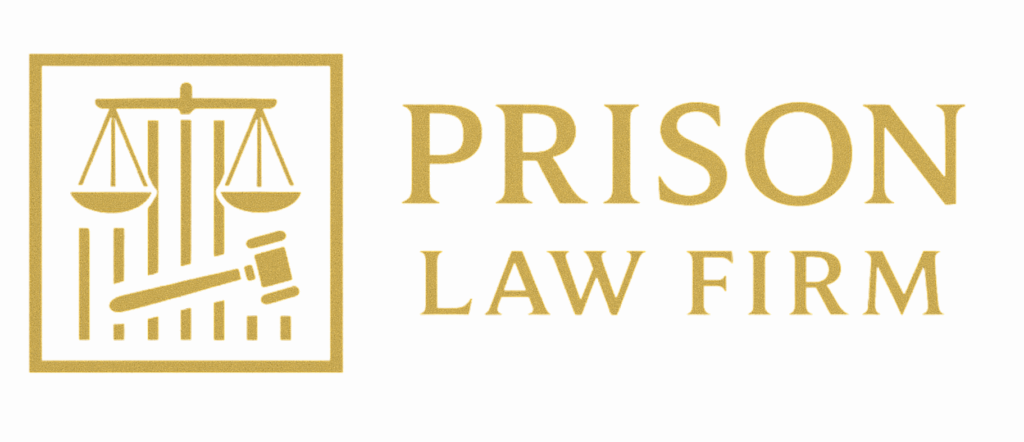When you’re in federal prison, one of the most powerful tools you have for earning earlier release and smoother reentry is a release plan. Whether you’re trying to qualify for home confinement under the First Step Act, an RRC (halfway house) placement, or programs under the Second Chance Act, a strong release plan shows the Bureau of Prisons (BOP) that you’re ready for life on the outside.
What Is a Release Plan?
A release plan is a written document you submit to your case manager that outlines where you’ll live, how you’ll support yourself, and how you’ll stay out of trouble once you leave prison.
It answers the key question the BOP (and your probation officer) want to know:
“Is this person prepared to succeed outside of prison?”
Why a Release Plan Matters
- Early Release Opportunities: The First Step Act (FSA) and Second Chance Act both allow for expanded halfway house or home confinement time—but only if you can show a solid plan.
- Case Manager Decisions: Your unit team uses your release plan to recommend how much time you get in halfway house or home confinement.
- Probation & Judges: A detailed plan can also be used for compassionate release or sentence reduction motions, proving that you are set up for success.
- Reduces Risk: The better your plan, the less risk the BOP sees in letting you out earlier.
What Should a Release Plan Include?
- Housing – Where you’ll live, who you’ll live with, and proof of stability (lease agreement, letter from family, halfway house acceptance).
- Employment/Education – Job offers, resumes, certifications, or enrollment in classes or training.
- Community Support – Letters from family, friends, church, or mentors showing you have a network.
- Treatment or Counseling – Plans for drug, alcohol, or mental health treatment if needed.
- Financial Stability – Savings, support from family, or confirmed employment to show you can provide for yourself.
- Transportation – How you’ll get to work, probation meetings, and appointments.
- Future Goals – Long-term plans to stay on track (career goals, education, family responsibilities).
Example Letter to a Case Manager
Here’s a simple example of how you might write a release plan request to your case manager:
To: Case Manager [Name]
From: [Your Name / Register Number]
Subject: Release Plan Submission
Dear Case Manager,
As part of my preparation for release, I would like to submit the following release plan:
- Housing: Upon release, I will reside with my sister, Jane Doe, at [address]. She has provided a written statement confirming housing and support.
- Employment: I have a confirmed job offer from XYZ Company as a warehouse associate. Documentation is attached.
- Support Network: My family and church community are committed to helping me reintegrate. Letters of support are included.
- Treatment: I am enrolled to continue outpatient counseling through ABC Clinic.
- Transportation: I will have access to a family vehicle for work and probation appointments.
- Goals: I plan to continue my education by completing HVAC certification within 12 months of release.
I respectfully request your review and consideration for maximum halfway house and/or home confinement placement under the First Step Act and Second Chance Act.
Thank you for your time and guidance.
Sincerely,
[Your Name]
[Register Number]
A strong release plan can literally mean more time at home with your family and less time behind bars. It’s your chance to prove you are ready, prepared, and supported. Don’t leave it to chance—prepare early, gather documentation, and present a clear plan to your case manager.
At PrisonLawFirm.com, we help prisoners and families build professional release plans that maximize halfway house and home confinement opportunities. Because every day of freedom matters.
